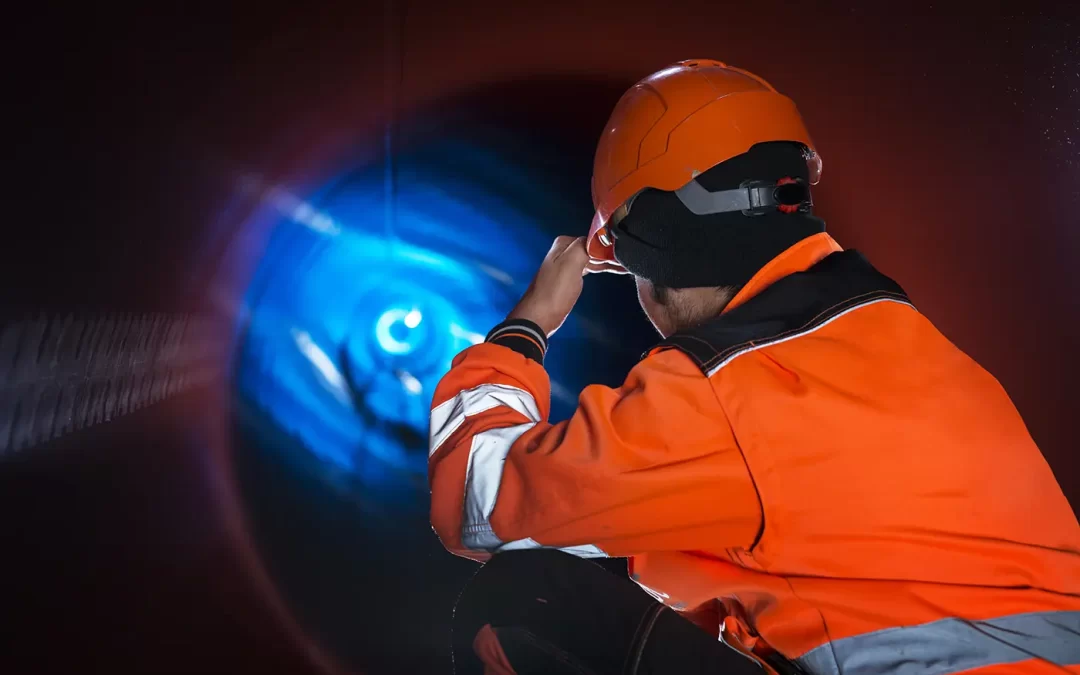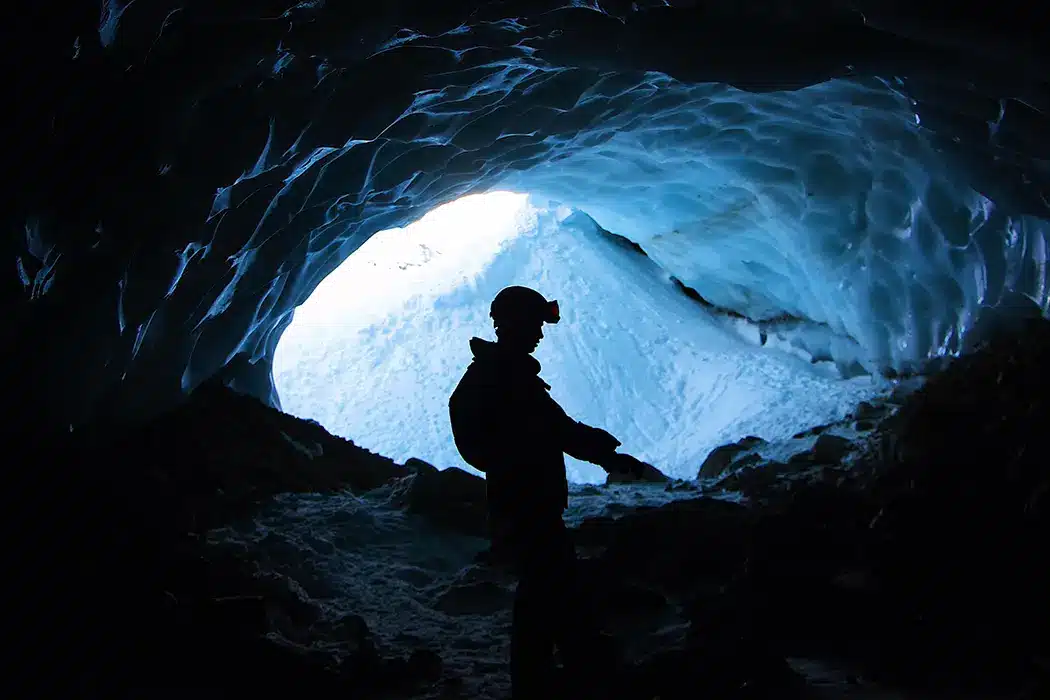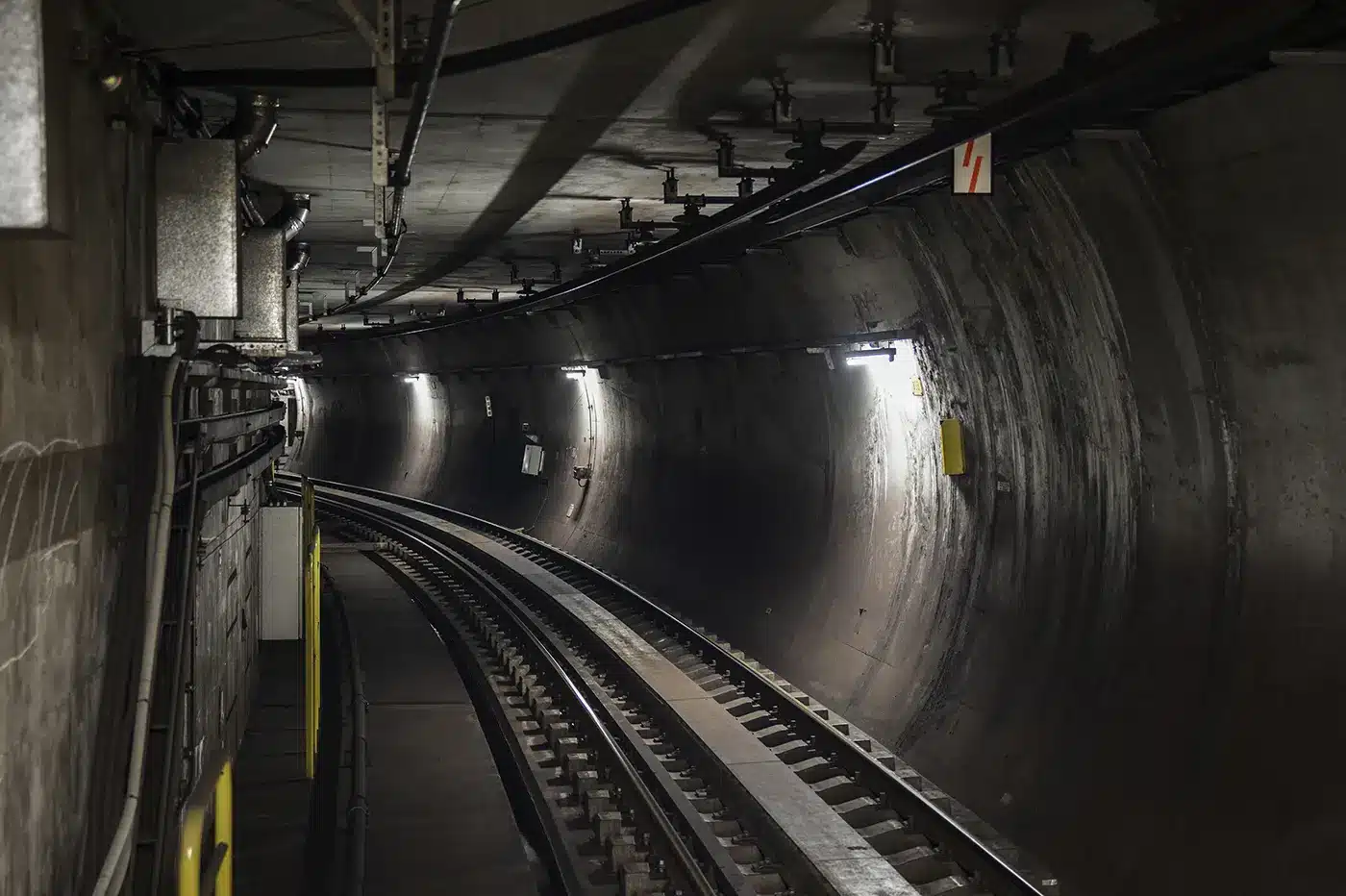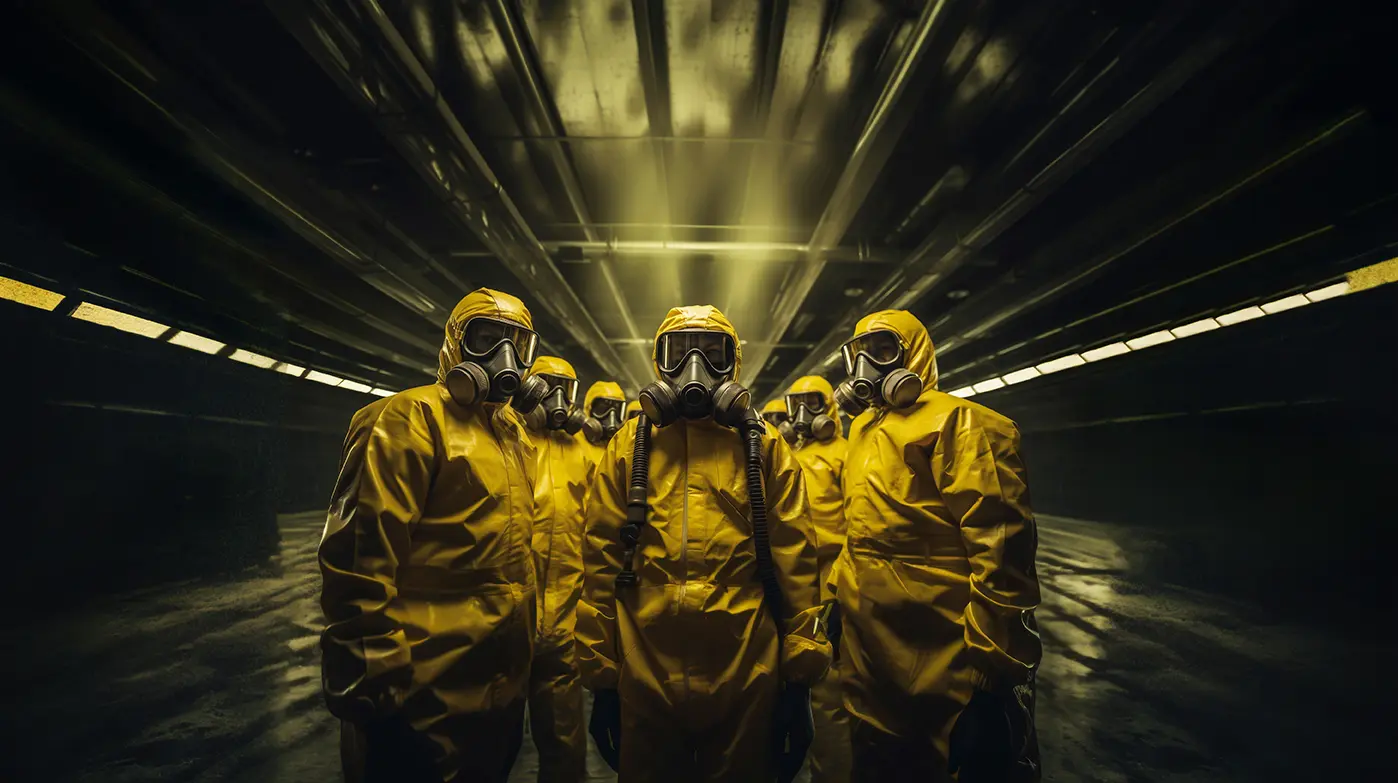Working in confined spaces comes with unique risks. Some of the confined spaces include tanks, tunnels, silos, storage bins or sewers, which are spaces not intended for high human occupancy or regular inspection, repair and maintenance. It’s important to understand that these areas can become quite hazardous if the appropriate measures are not taken.
This blog will explore essential confined space safety practices, ensuring workers remain safe during their tasks.
What is a Confined Space?
A confined space means a limited or restricted space where the entry is difficult. Such areas may present potentially explosive materials, flammable gases, or poor ventilation, thereby amplifying worker risks. Such work as performing tasks in such areas entails confined space work precautions to minimize the cases of accidents and associated injuries.
Why is Confined Space Safety Important?
Working in confined spaces is risky for several reasons:
- Lack of oxygen: Poor ventilation can lead to low oxygen levels.
- Toxic gases or fumes: There may be a build-up of hazardous substances.
- Risk of fire or explosion: Inflammable substances may catch fire.
- Restricted movement: Workers may have limited mobility in tight spaces.
By following confined space safety guidelines, workers can minimize these risks and complete their tasks safely.
Confined Space Entry Procedures
Proper procedures are critical when entering a confined space. Below are the key steps:
- Perform a Confined Space Risk Assessment: Before starting any work, a confined space risk assessment must be done to identify hazards. This helps determine the necessary safety equipment and procedures for the job.
- Obtain a Work Permit: In many cases, workers need a confined space permit to enter and work in the space legally. The permit ensures that all safety measures are in place.
- Test the Atmosphere: It’s essential to check for harmful gases or low oxygen levels using specialized equipment. Continuous monitoring throughout the job helps maintain safety.
- Ventilate the Space: Proper ventilation ensures enough fresh air reaches the confined area. This reduces the risks of suffocation or exposure to toxic gases.
- Use Personal Protective Equipment (PPE): Depending on the job, workers may need PPE like helmets, gloves, breathing apparatus, and safety harnesses. These are essential components of safety in confined spaces.
Training and Emergency Planning
- Confined Space Training: All workers must undergo confined space training to understand the risks, use the equipment correctly, and follow safety procedures. In Canada, this training is mandatory for industries working in confined spaces.
- Emergency Rescue Plan: Every confined space task should have a rescue plan in place. In emergencies, trained rescue personnel must be available to act immediately. Quick response is crucial since accidents in confined spaces can escalate quickly.
Key Confined Space Work Precautions
To ensure safety, follow these confined space work precautions:
- Never enter a confined space alone. Always have a team for support.
- Communicate continuously with workers inside the confined space.
- Monitor the environment regularly for gas levels and ventilation.
- Follow proper lockout/tagout procedures to prevent accidental equipment startup.
Final Thoughts
At Valley Worksafe, we emphasize on the importance of proper confined space entry procedures and safety guidelines to prevent accidents and ensure smooth operations. Our training covers key areas like risk assessments, PPE usage, and emergency preparedness. Through local and online courses across Canada, we equip workers with the skills needed for safe operations. We believe safety begins with preparation, teamwork, and vigilance – helping thousands build careers and return home safely every day.
Watch Our Safety Video here: https://www.youtube.com/@valleyworksafe/




